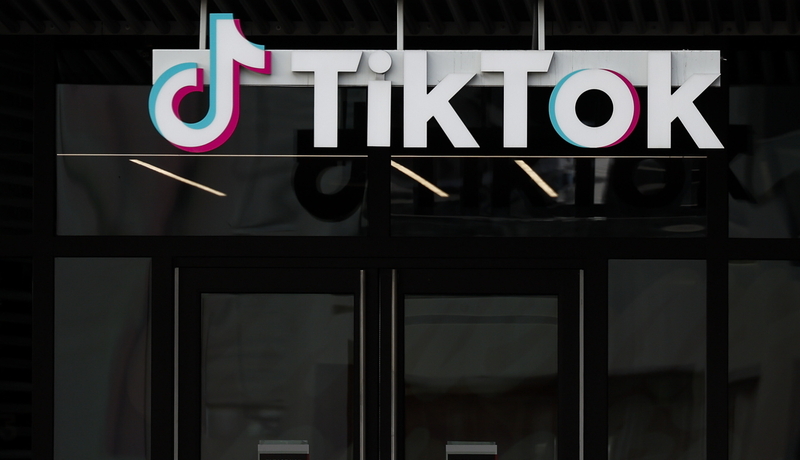
Certifiable
By Benjamin Picton, Senior Macro Strategist at Rabobank
US stocks closed higher yesterday to open the first full trading week of the year as Vice President Harris certified the results of the November presidential election ahead of Donald Trump’s inauguration on January 20th. Crossing that milestone in Trump’s return to the White House may have contributed to the re-stoking of optimism in equities after a selloff late last year.
The S&P500 rose 0.55% driven by a 3.43% gain for Nvidia as markets await CEO Jensen Huang’s keynote speech at the CES conference in Las Vegas. Other techs also performed well, but the more value-oriented Dow Jones closed slightly lower. Bitcoin rallied back above the $102,000 level.
Crude oil prices fell slightly after rallying for five-straight days. Oil markets had been correcting higher on a constellation of influences that included mooted Chinese stimulus, low inventory levels at the Cushing storage hub and the prospect of fresh sanctions on Iran once President Trump takes office. RaboResearch Energy Analyst Joe DeLaura has said that traders may be overestimating the effects and quickness of any sanctions, and that pops in prices are likely to be met with greater supply from OPEC+ producers.
Henry Hub natural gas futures gained almost 10% following forecasts of persistent colder weather in the United States and a fall in production of almost 2%. Spot gold continues to trade just above the $2,600/oz level and the Bloomberg Dollar Spot Index fell for a second-straight trading day, but remains close to multi-decade highs.
Many analysts continue to expect Dollar outperformance in 2025 with an alleged shrinking US trade deficit (courtesy of tariffs) and relatively tight monetary policy (courtesy of tariff-induced inflation) being the main constructive influences. However, if those forecasts don’t play out there is plenty of air under the DXY from current levels. If broad-based Dollar weakness were to occur it would likely push commodity prices higher (since commodities are typically denominated in dollars) and re-stoke goods inflation pressures. Perhaps a latent fear of an inflation resurgence is part of the reasoning behind equities remaining well-bid despite eye watering P/E ratios?
EUR and CAD were the best performing G10 currencies yesterday following a substantially stronger than expected German CPI print alongside a strong inflation print for the state of Hesse and an announcement from Canadian Prime Minister Justin Trudeau that he will be resigning the leadership of the governing Liberal Party ahead of elections expected later this year. Trudeau’s Liberals trail the opposition Conservatives by a wide margin in published polling and are on track for a sufficiently large wipeout that some polling suggests they may struggle to win enough seats to become the official opposition.
The strong CPI prints prompted 10-year German bund yields to rise 2.3 bps to 2.45%, while 2-year bund yields gained 3.4bps to 2.19%. 10-year yields also rose in the United States (+3.2bps) and the United Kingdom (+1.8bps), but fell in France, Italy and Spain. We will see further inflation data for German states throughout the week, which should give a better picture of how widespread the turn up in inflation is and how great the influence of rising energy prices might be.
The higher yields in the USA likely came as a reaction to comments from Donald Trump on Truth Social that a story in the Washington Post suggesting that Trump’s tariffs would only cover critical imports was “fake news”. Yields had initially fallen by around 2.5bps upon publication of the article as traders apparently surmised that a more targeted tariff regime may provide the Fed with additional breathing room to lower the Fed Funds rate without risking an resurgence in inflation pressures.
The denial of any change to planned tariffs comes as fresh data released yesterday showed a faster than expected decline in durable goods orders in November. Economists surveyed by Bloomberg had expected the final read of the November data to show a decline of -0.5% including transportation orders, but the actual figure came in at -1.2%, which was actually slightly worse than the preliminary figure of -1.1%. Similarly, November factory orders disappointed with a worse than expected -0.4% print, though the ex-transportation figure printed at +0.2%.
Much has been made of the success of Joe Biden’ signature industrial policies of driving renewed investment in factory construction in the USA. While that may be the case, it certainly appears that the rubber is yet to hit the road in terms of actual production and reduced dependency on imported goods. As noted above, the Trump tariffs have the express purpose of reducing the USA’s import dependence and re-shoring manufacturing jobs lost during the neoliberal experiment in globalized free-trading, but growth in manufacturing payrolls remained relatively weak during the first Trump administration and is likely to have been negative in 2024. We await Friday’s payrolls figures to confirm this point.
Services PMIs released yesterday were stronger for most major European economies, with a particularly strong reading for Spain. The China Caixin services PMI also recorded a handy lift, but the US, UK and Canada all saw softer results than expected with the latter slipping into contractionary territory.
The S&P US services PMI had lately diverged from the better-established ISM survey. The downward revision to the December reading brings the two into better alignment, but the release of the ISM services figures today ought to be a key point of interest for market participants.
Tyler Durden
Tue, 01/07/2025 – 10:20


















